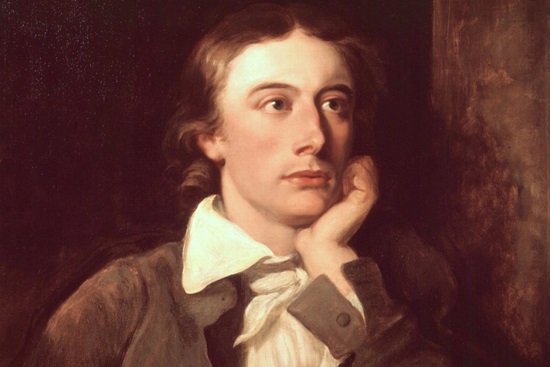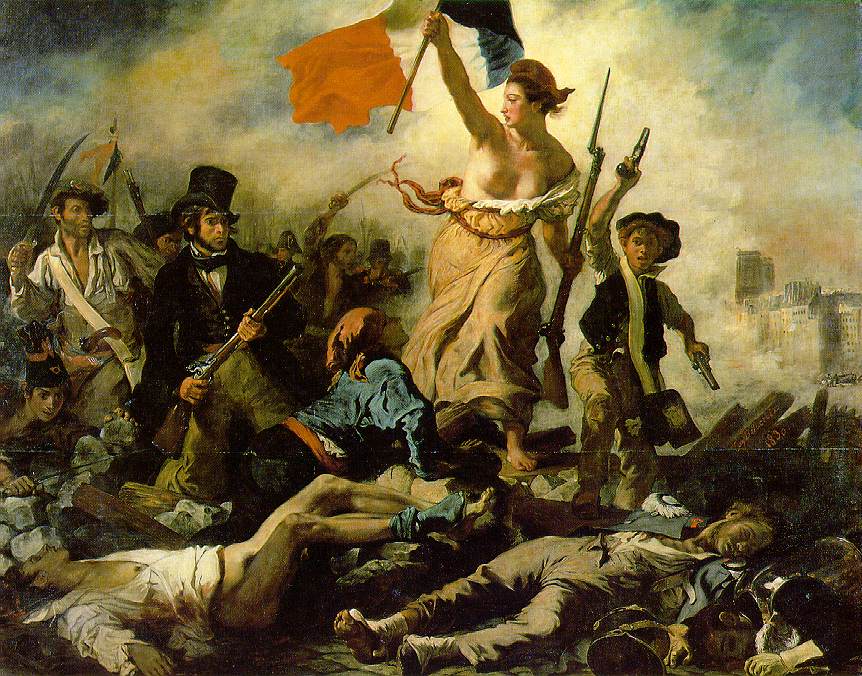1. Romanticism & Revolution
For mighty were the auxiliars which then stood
Upon our side, we who were strong in love!
Bliss was it in that dawn to be alive,
But to be young was very heaven!--Oh! times,
In which the meagre, stale, forbidding ways
Of custom, law, and statute, took at once
The attraction of a country in romance!
When Reason seemed the most to assert her rights,
When most intent on making of herself
A prime Enchantress--to assist the work,
Which then was going forward in her name!
Not favoured spots alone, but the whole earth,
The beauty wore of promise, that which sets
(As at some moment might not be unfelt
Among the bowers of paradise itself)
The budding rose above the rose full blown.
2. Romantic Period: 1785-1830
1757: Blake born
1770: Wordsworth born
1772: Coleridge born
1788: Byron born
1789-1815: Revolutionary and Napoleonic period in France
1789: The Revolution begins with the assembly of the States-General in May and the storming of the Bastille on July 14.
1792: Shelley born
1793: King Louis XVI executed: England joins the alliance against France.
1793-94: The Reign of Terror under Robespierre.
1795: Keats born
1804: Napoleon crowned emperor.-
1815: Napoleon defeated at Waterloo
1821: Keats died
1822: Shelley died
1824: Byron died
1827: Blake died
1834: Coleridge died
1850: Wordsworth died

3. A Painting from the Romantic Period: "Liberty leading the People"
A painting by Eugène Delacroix commemorating the July Revolution of 1830, which toppled King Charles X of France. A woman personifying the concept and the goddess of Liberty leads the people forward over the bodies of the fallen, holding the flag of the French Revolution – the tricolour flag, which remains France's national flag – in one hand and brandishing a bayonetted musket with the other. The figure of Liberty is also viewed as a symbol of France and the French Republic known as Marianne
(from Wikipedia, https://en.wikipedia.org/wiki/Liberty_Leading_the_People)
4. BBC Documentary on the English Romantic Poets
Peter Ackroyd(2006)
5. BBC The Frech Revolution-Tearing Up History(2014)
6. Six Romantics
William Blake
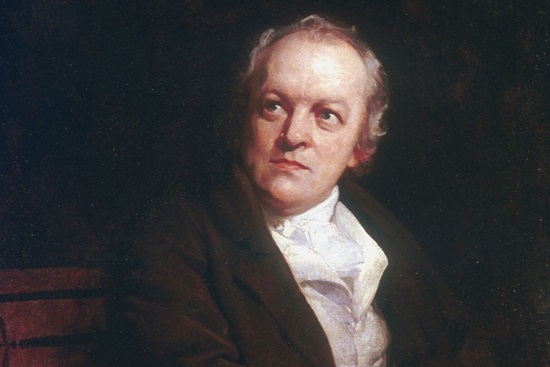
William Wordsworth

Samuel Taylor Coleridge
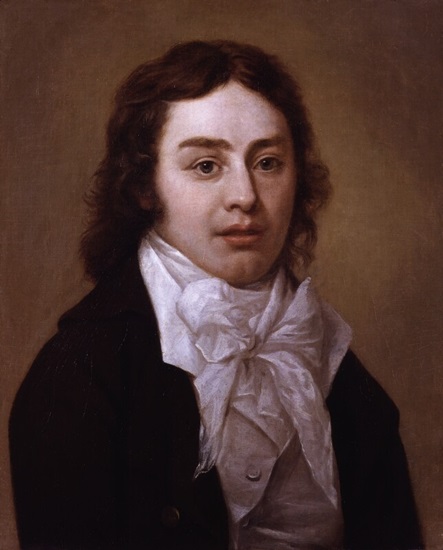
George Gordon Byron
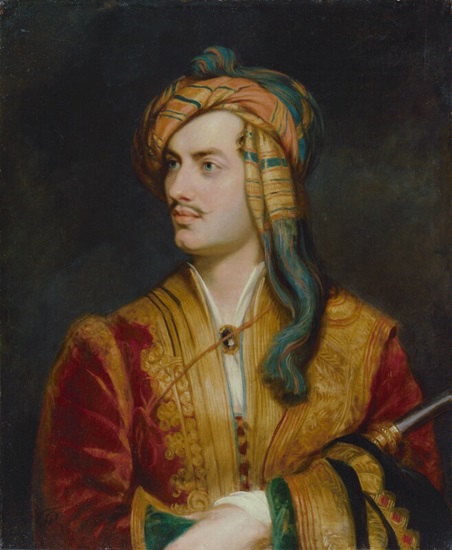
Percy Bysshe Shelley

John Keats
